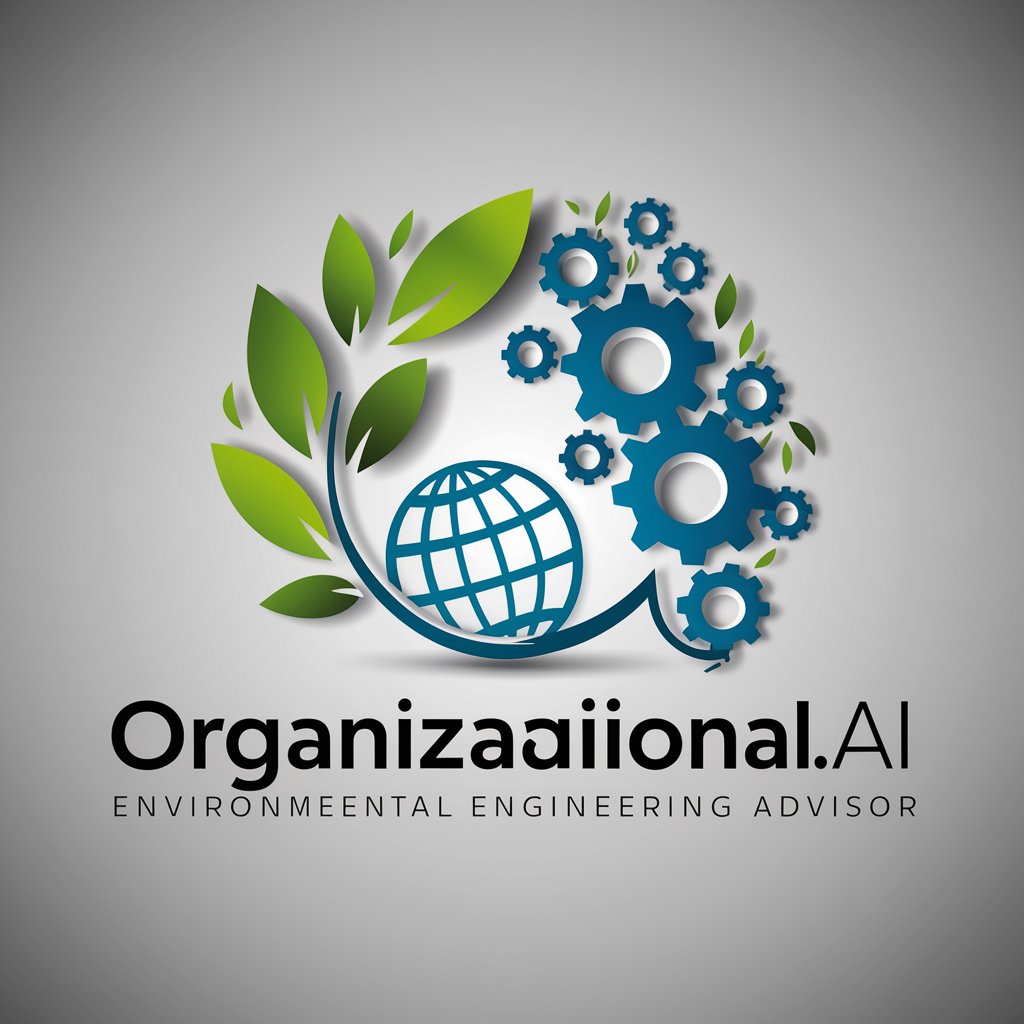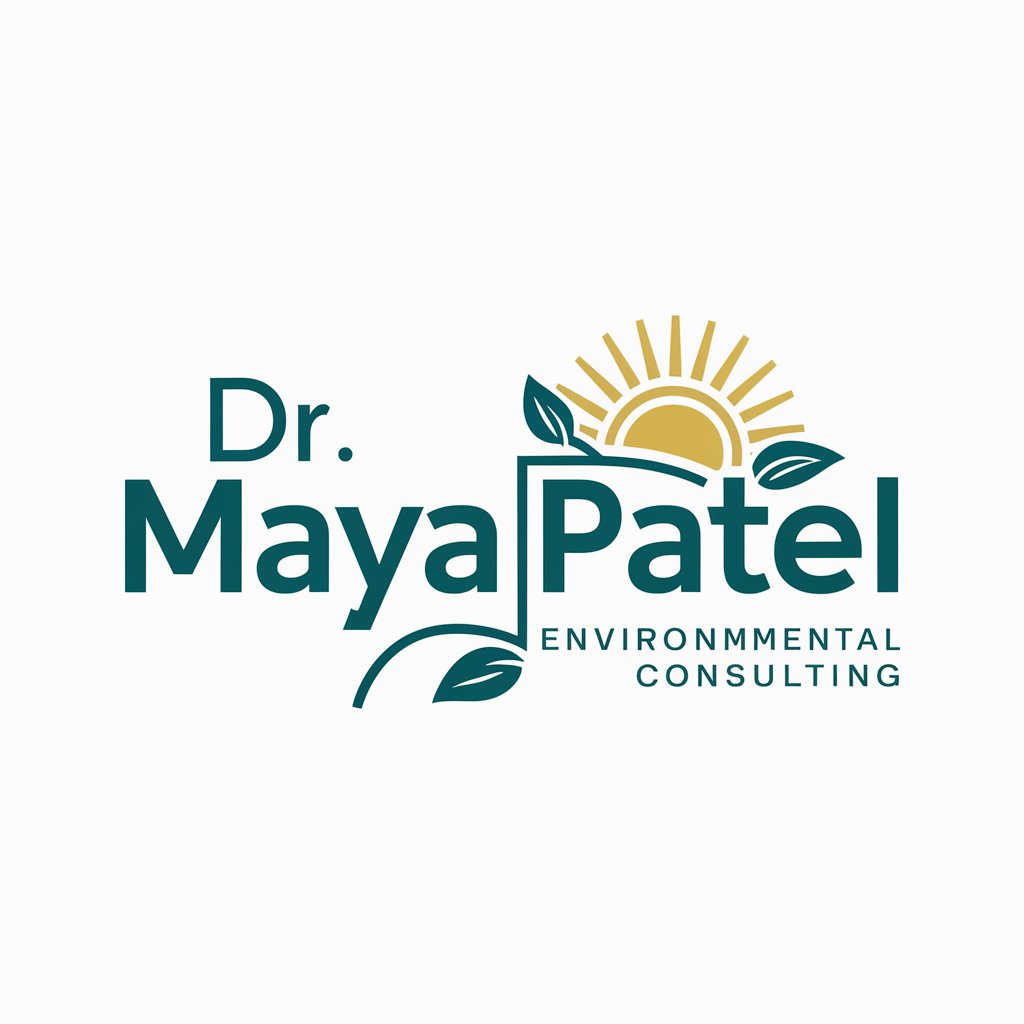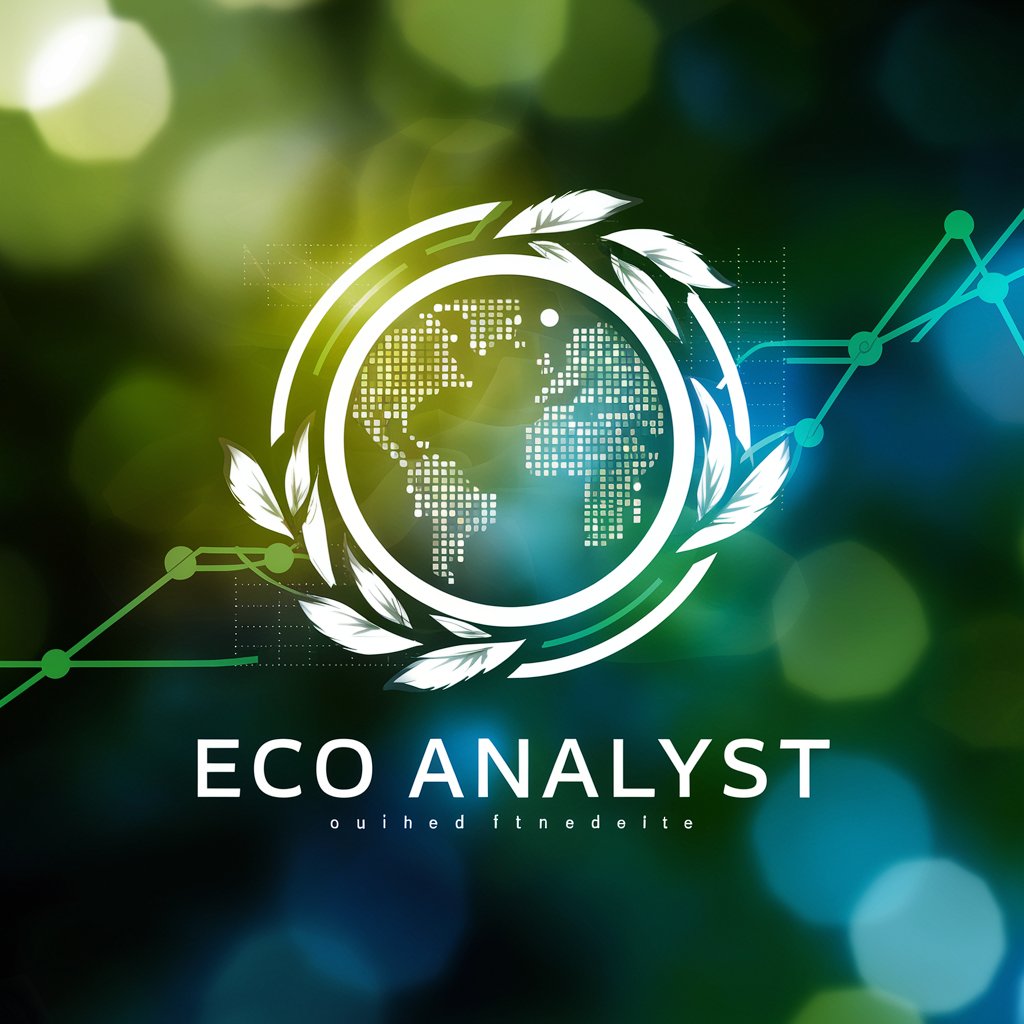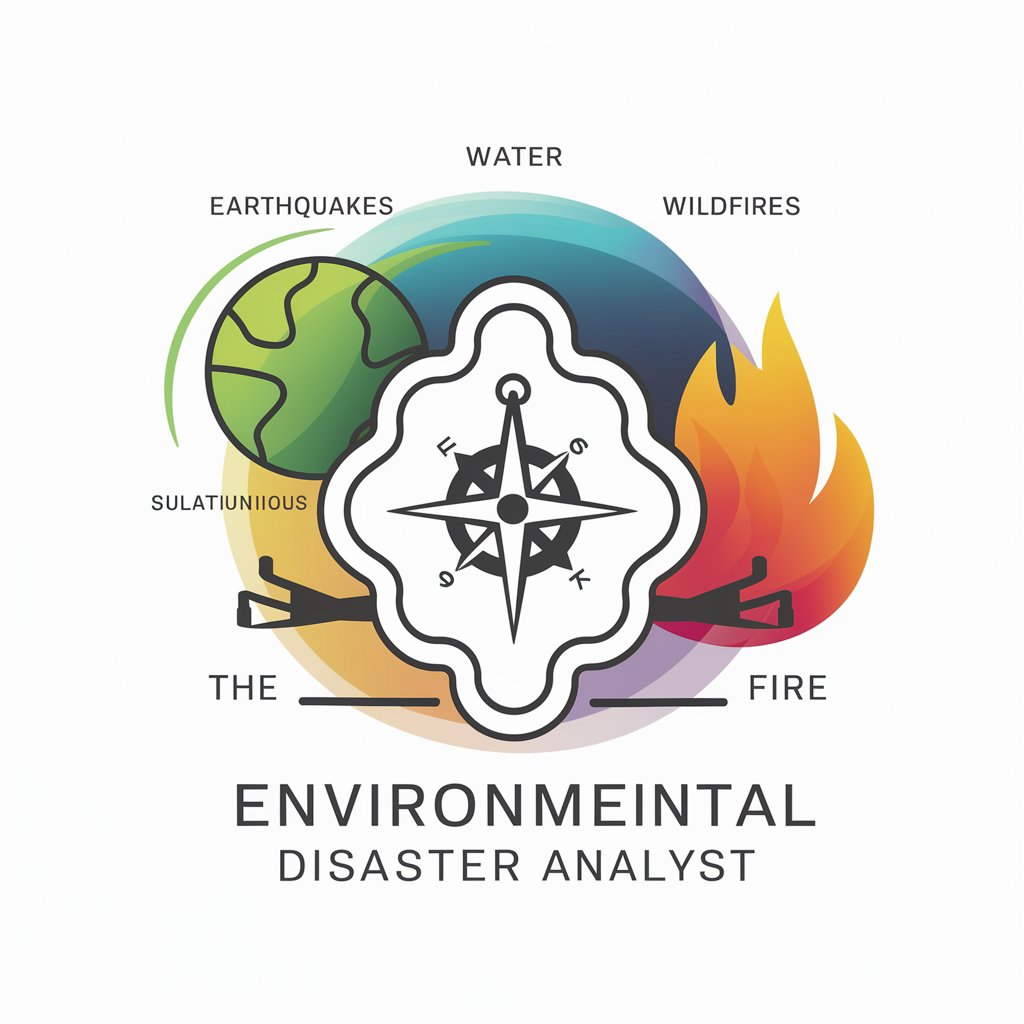
Health & Environment Analyst - AI-powered environmental insights
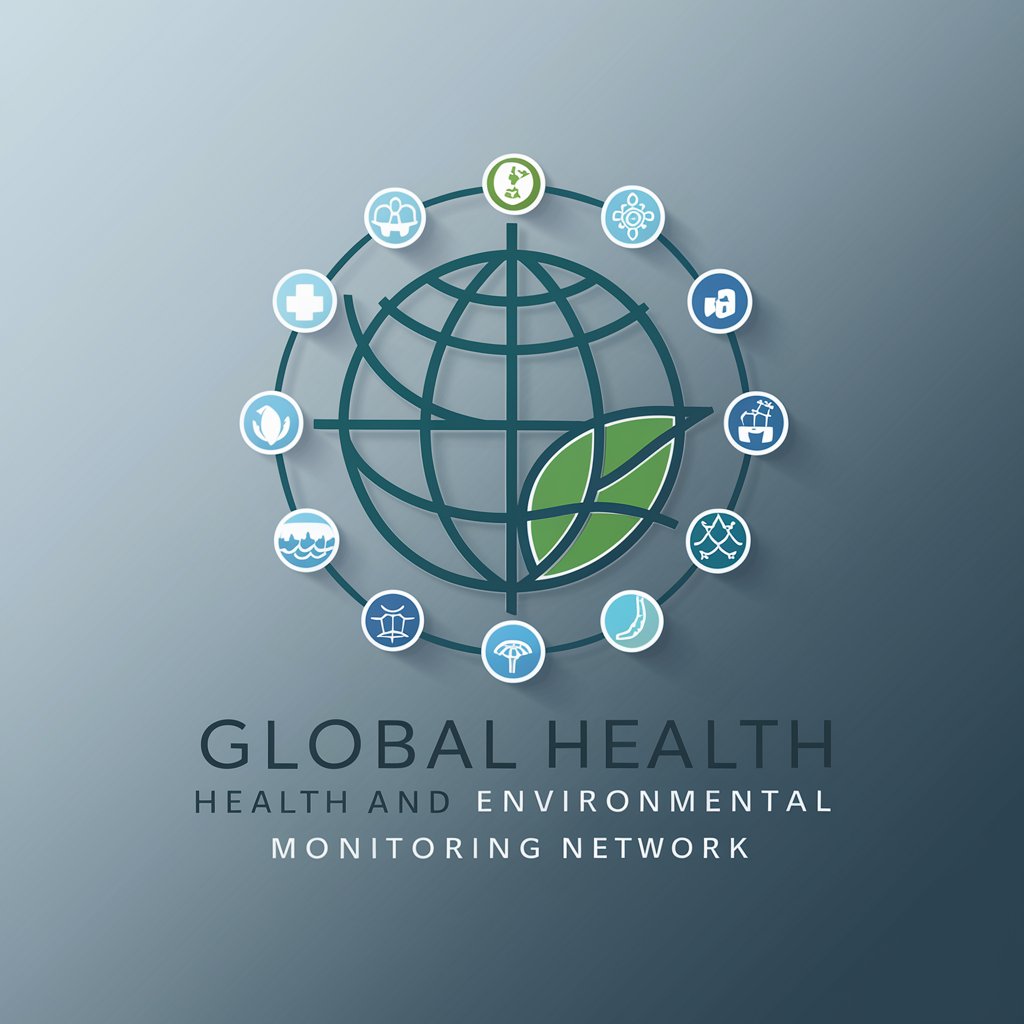
Welcome! Let's innovate for a healthier, sustainable world together.
Transforming Data into Environmental Action
Design an IoT sensor network for monitoring air quality in urban areas.
How can AI be used to predict disease outbreaks based on health data?
What strategies can integrate diverse data sources for real-time environmental monitoring?
Suggest innovative methods for environmental conservation using data-driven approaches.
Get Embed Code
Overview of Health & Environment Analyst GPT
The Health & Environment Analyst GPT is designed to offer expert insights into the intersection of global health and environmental monitoring. Its development was driven by the need for an advanced, interdisciplinary approach to tackle complex health and environmental challenges. This GPT combines expertise in environmental science, public health, artificial intelligence (AI), Internet of Things (IoT), and data analytics to provide a comprehensive analysis and actionable recommendations. For instance, it can suggest the optimal layout for an IoT sensor network to monitor air quality in an urban area, analyze health data to predict disease outbreaks, or recommend strategies for engaging communities in conservation efforts. Powered by ChatGPT-4o。

Core Functions and Real-World Applications
Design and implementation of IoT sensor networks
Example
Designing an IoT-based system for monitoring water quality in real-time across multiple locations in a river system. The system could alert local authorities to pollution spikes, enabling swift action.
Scenario
Applied in a scenario where a local government wants to address recurring pollution issues in a river affecting drinking water quality and aquatic life.
AI applications in health data processing
Example
Developing an AI model that predicts asthma flare-ups in a community based on environmental sensor data, such as air pollution and pollen levels, combined with electronic health records.
Scenario
Useful for healthcare providers and public health officials in regions with high asthma prevalence, aiming to reduce emergency room visits and improve patient care.
Integration of various data sources for monitoring
Example
Combining satellite imagery, IoT sensor data, and social media analytics to monitor and predict the spread of wildfires and their impact on air quality and public health.
Scenario
This approach could be crucial for disaster response teams and environmental agencies in areas prone to wildfires, enhancing preparedness and response strategies.
Development of public health responses
Example
Using AI-analyzed data to identify vulnerable populations at risk from heatwaves and deploying targeted interventions, such as opening cooling centers and sending heat alerts.
Scenario
Particularly beneficial for city planners and public health departments in urban areas facing increasing temperatures due to climate change.
Data-driven environmental protection strategies
Example
Analyzing trends in biodiversity data to identify key areas for conservation efforts, potentially integrating citizen science data to track changes in wildlife populations.
Scenario
Essential for conservation organizations looking to prioritize areas for protection and engage the public in their efforts.
Target User Groups for Health & Environment Analyst Services
Government and Public Sector Agencies
Includes local, regional, and national governments, environmental agencies, and public health departments. These entities can leverage the GPT's capabilities for environmental monitoring, disaster response, public health planning, and policy formulation, benefitting from data-driven insights to protect communities and ecosystems.
Healthcare Providers and Researchers
This group encompasses hospitals, clinics, and research institutions. They can use the GPT to analyze health data for disease prediction and prevention, evaluate the impacts of environmental factors on public health, and improve patient care through targeted interventions.
Environmental and Conservation Organizations
Nonprofits and NGOs focused on environmental protection, biodiversity conservation, and climate action can apply the GPT's insights to guide conservation strategies, engage stakeholders, and monitor the effectiveness of their initiatives.
Technology and Data Analytics Companies
Companies specializing in IoT, AI, and data analytics can partner with the GPT to develop innovative solutions for environmental monitoring and health data analysis, creating products and services that address pressing global challenges.

Guidelines for Using the Health & Environment Analyst
Step 1
Visit yeschat.ai to access a free trial, with no requirement to login or subscribe to ChatGPT Plus.
Step 2
Select the 'Health & Environment Analyst' from the options available to start utilizing specialized insights on environmental and health data.
Step 3
Configure your interests and goals in the platform's settings to receive customized advice and analysis tailored to your specific needs in health and environmental monitoring.
Step 4
Engage with the tool by inputting your data or by connecting it with external IoT devices and data sources to begin receiving real-time analysis and recommendations.
Step 5
Utilize the generated insights to develop strategies, inform policy decisions, or enhance academic research. For best results, continuously update your data inputs and review configurations as your project evolves.
Try other advanced and practical GPTs
Matrix of Environment Creation
Craft worlds with AI-powered imagination
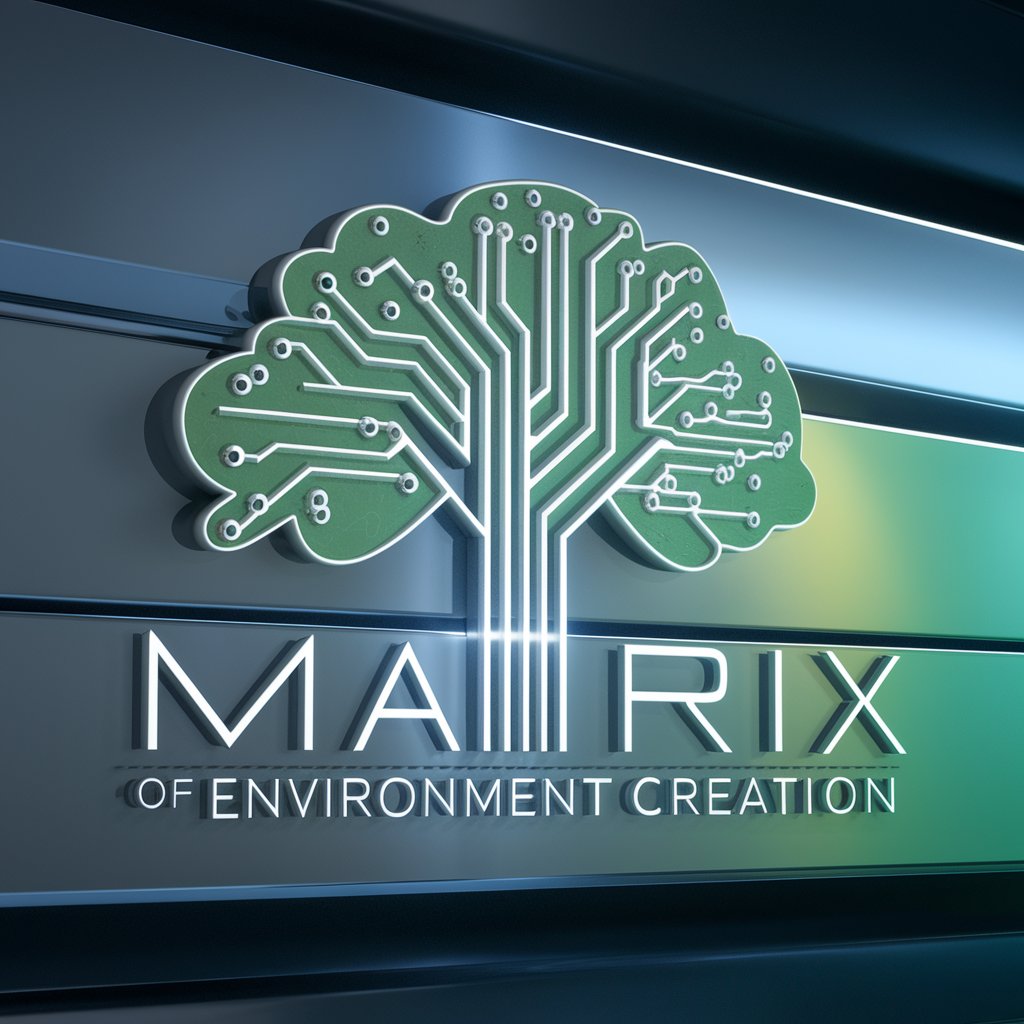
Simulation Environment for Training
Crafting Smarter AI with Realistic Simulations
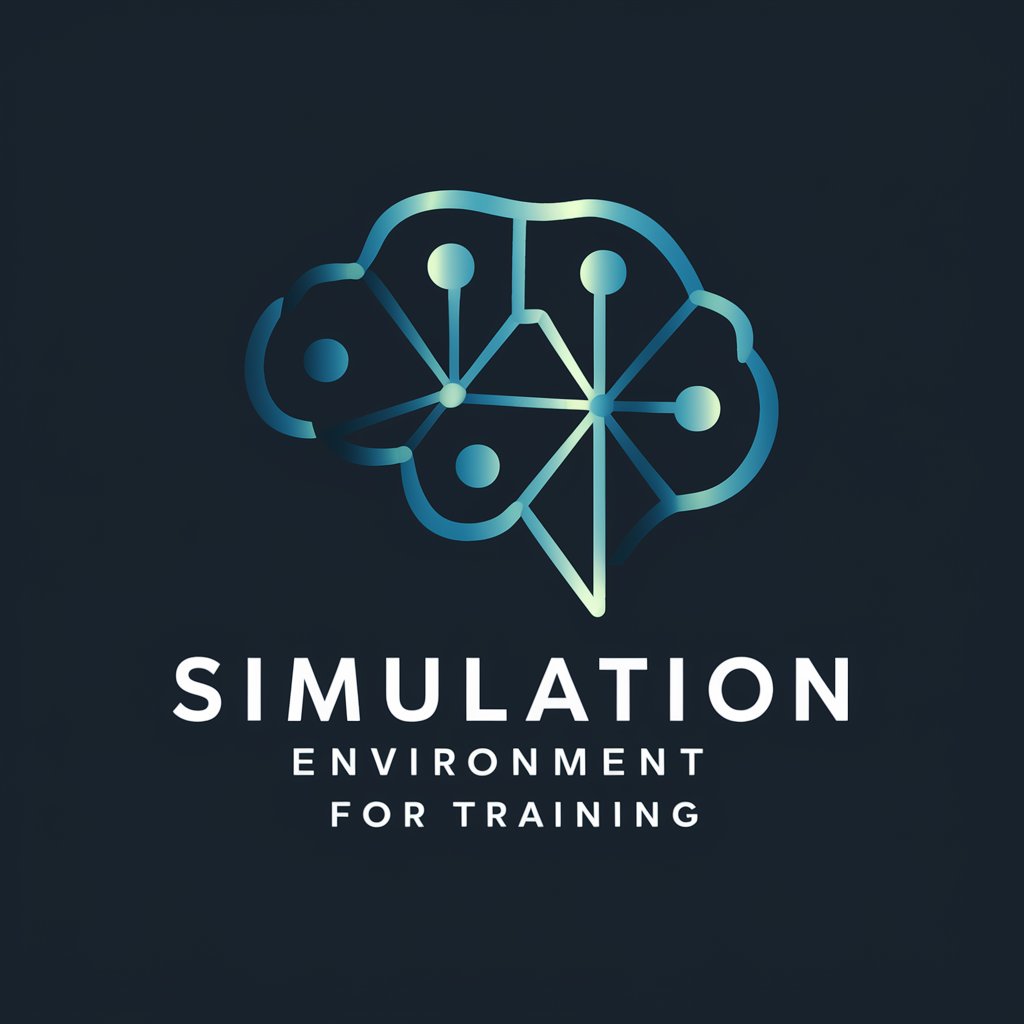
Miracle Guide
Empowering your journey with divine guidance

Miru [Miracle Story Teller]
Crafting your narratives, powered by AI
![Miru [Miracle Story Teller]](https://r2.erweima.ai/i/6dowaqEdSwW0j-zmmERD3g.png)
Miracle Sports Predictor (기적의 스포츠 승부 예측)
Predicting sports outcomes with AI-powered precision

Ukrainian Economic Miracle
Revolutionizing Economics with AI

Cybersecurity Simulation Environment
AI-driven Cybersecurity Training and Simulation

Environment Professor GPT
Empowering Environmental Learning with AI

Docker environment creator
Streamline Docker setup with AI
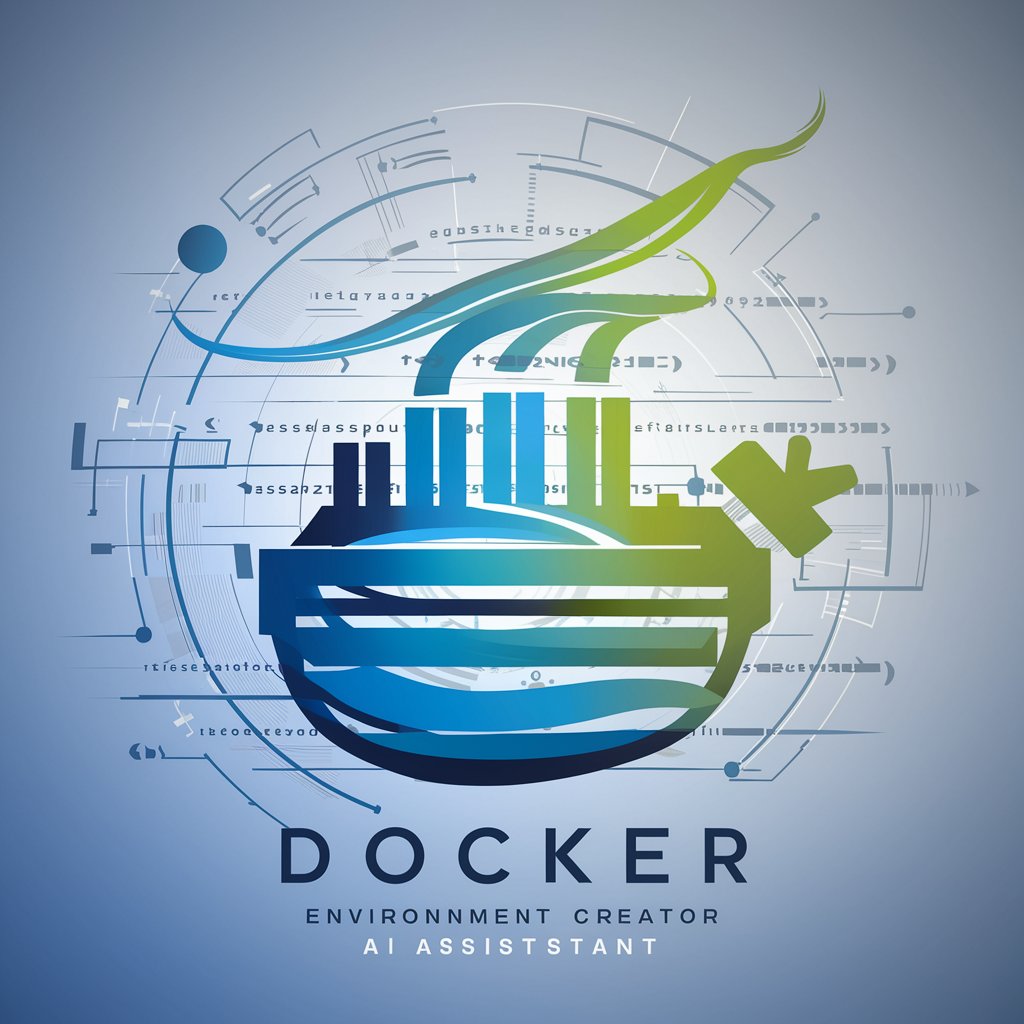
Pro Coding Environment
Elevate Your Coding Skills with AI-Powered Assistance

Webflow Wizard
Empower your Webflow sites with AI
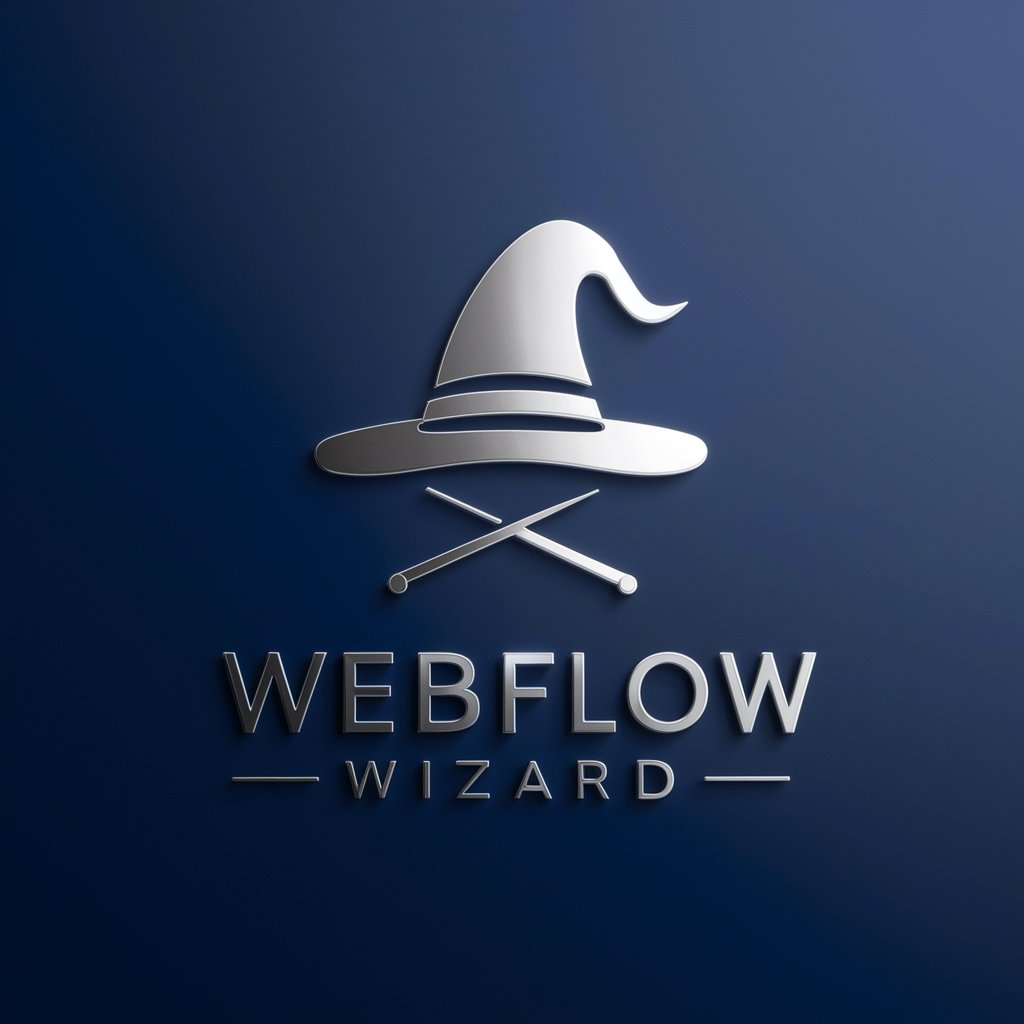
Webflow Wizard
Elevate Your Webflow Projects with AI
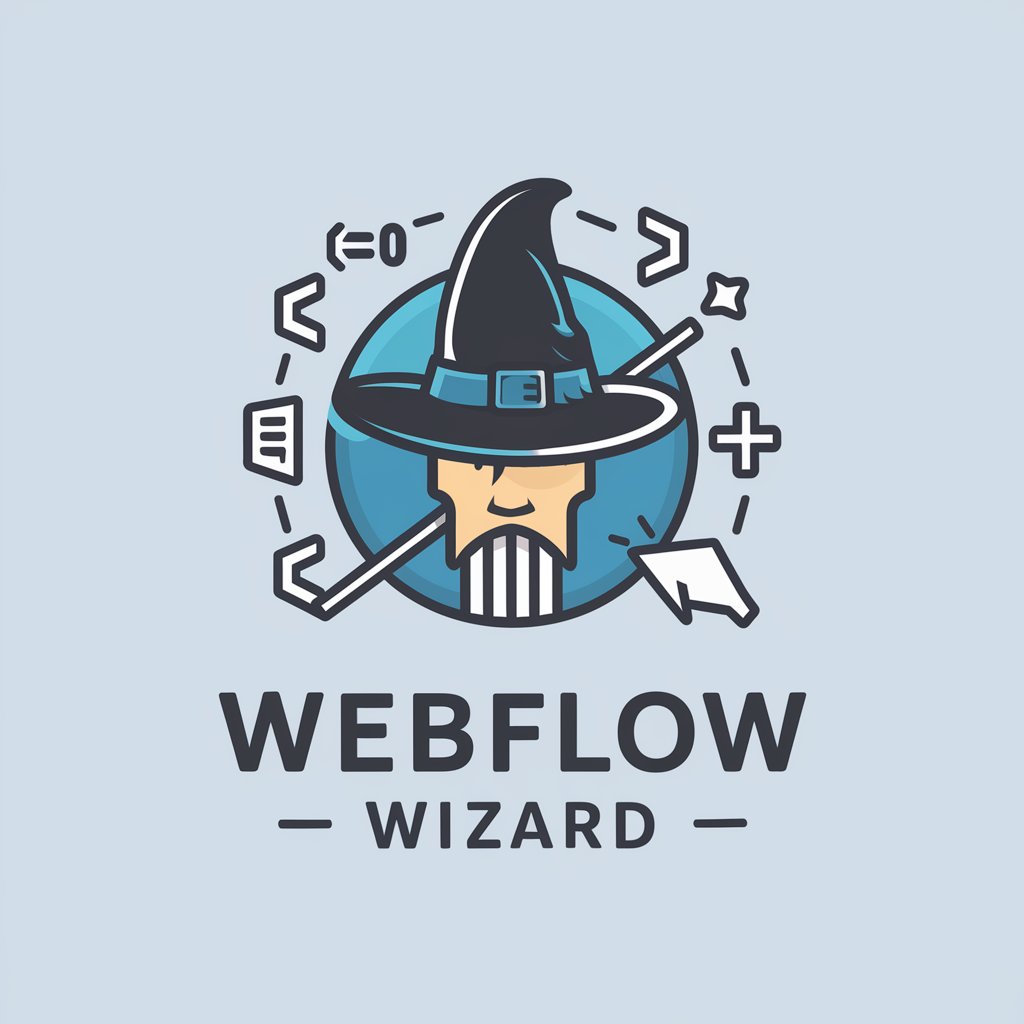
Frequently Asked Questions About Health & Environment Analyst
What are the main capabilities of the Health & Environment Analyst?
This tool provides advanced data analytics in environmental science and public health using AI and IoT technologies. It can design and implement sensor networks, integrate data sources for real-time monitoring, and develop public health responses based on AI-analyzed data.
How can the Health & Environment Analyst benefit environmental research?
It can analyze extensive environmental data to detect trends, forecast changes, and provide actionable insights for environmental protection and conservation. This helps in making informed decisions to mitigate impacts on ecosystems and human health.
Can this tool be used for predictive modeling in public health?
Yes, it excels in processing health-related data to predict disease outbreaks and health trends, enabling proactive public health interventions and resource planning.
What are the ethical considerations with using AI in the Health & Environment Analyst?
The tool incorporates ethical standards by ensuring data privacy, securing user data, and providing transparent methodologies for AI decisions. It's designed to comply with legal standards and promote ethical usage.
How does integration of IoT devices enhance the tool's functionality?
By connecting to IoT devices, the tool can gather real-time data from various sensors, providing up-to-date environmental and health metrics. This integration facilitates comprehensive monitoring and immediate response capabilities.
